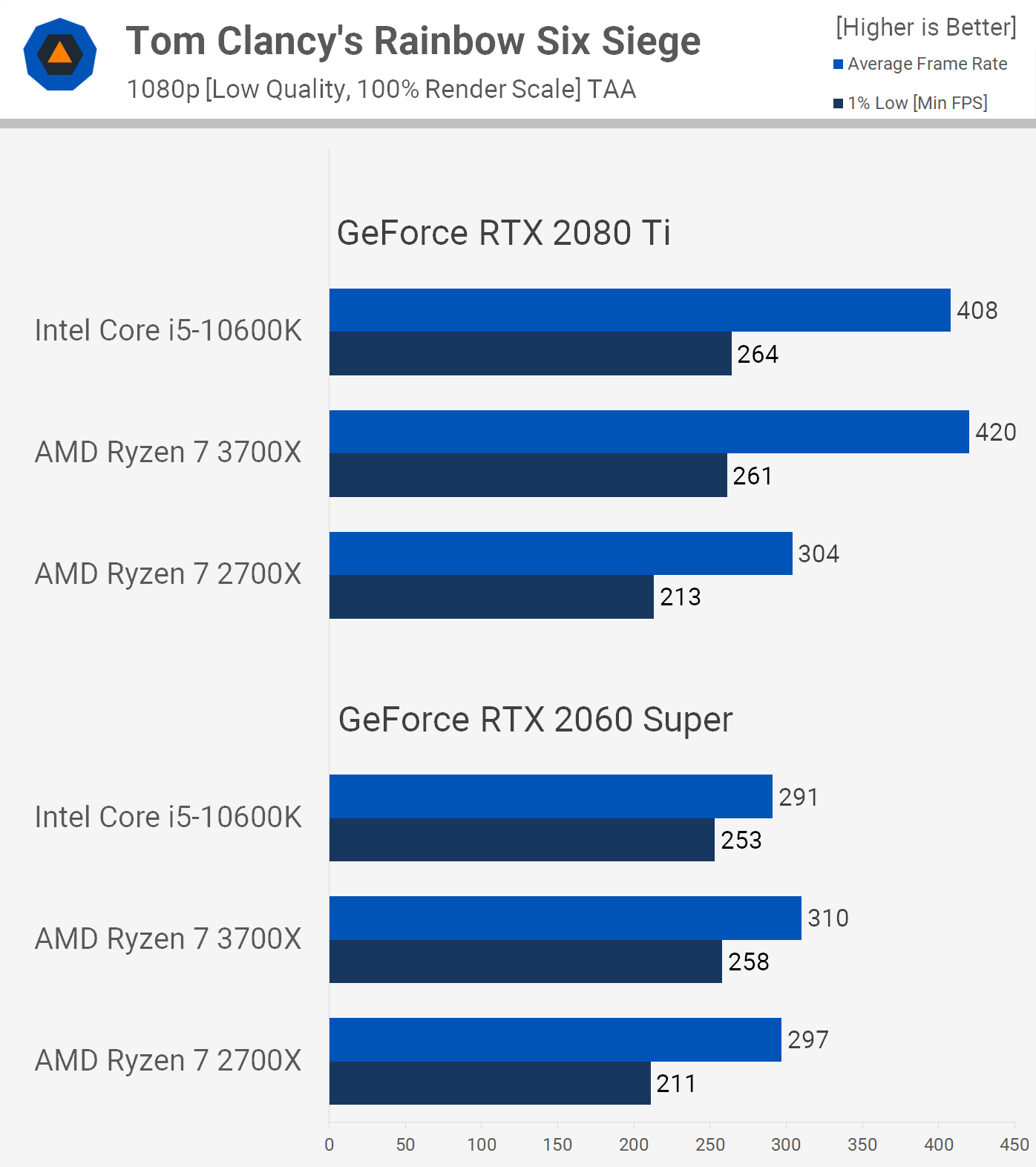- Joined
- Aug 6, 2017
- Messages
- 7,412 (2.61/day)
- Location
- Poland
| System Name | Purple rain |
|---|---|
| Processor | 10.5 thousand 4.2G 1.1v |
| Motherboard | Zee 490 Aorus Elite |
| Cooling | Noctua D15S |
| Memory | 16GB 4133 CL16-16-16-31 Viper Steel |
| Video Card(s) | RTX 2070 Super Gaming X Trio |
| Storage | SU900 128,8200Pro 1TB,850 Pro 512+256+256,860 Evo 500,XPG950 480, Skyhawk 2TB |
| Display(s) | Acer XB241YU+Dell S2716DG |
| Case | P600S Silent w. Alpenfohn wing boost 3 ARGBT+ fans |
| Audio Device(s) | K612 Pro w. FiiO E10k DAC,W830BT wireless |
| Power Supply | Superflower Leadex Gold 850W |
| Mouse | G903 lightspeed+powerplay,G403 wireless + Steelseries DeX + Roccat rest |
| Keyboard | HyperX Alloy SilverSpeed (w.HyperX wrist rest),Razer Deathstalker |
| Software | Windows 10 |
| Benchmark Scores | A LOT |
aha.
and does the 360hz one have smearing and slow pixel response ?
I'm not saying I'm buying it.I'm saying if I had one I'd prolly enjoy it very much.
picking a cpu/gpu - you get the numbers in a chart.
a monitor - that's only your personal preference.
and does the 360hz one have smearing and slow pixel response ?
I'm not saying I'm buying it.I'm saying if I had one I'd prolly enjoy it very much.
I'm a big fan of picking whatever I want when it comes to a monitor.Big fan of VA, but it has drawbacks too, smearing being a notable one, the weak G2G in darker hues is definitely a step down from what IPS can do. But yes... blacks and static contrast are king on this tech.
picking a cpu/gpu - you get the numbers in a chart.
a monitor - that's only your personal preference.









